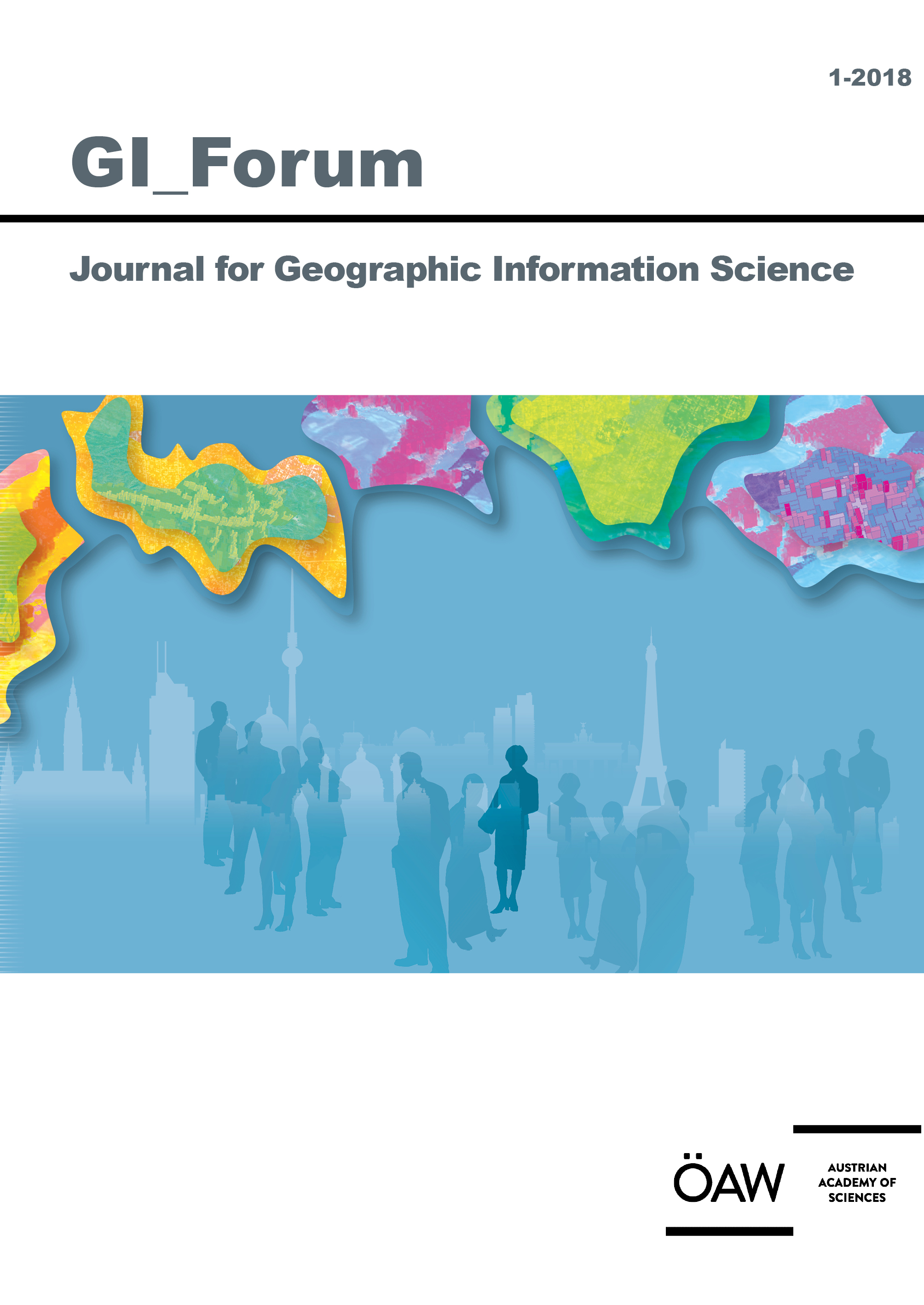
GI_Forum 2018, Volume 6, Issue 1, pp. 316-335, 2018/06/22
Journal for Geographic Information Science

The informal and unofficial nature of how citizens discuss and conceive geographical entities such as neighbourhoods has traditionally been difficult to capture. Ambient Geographic Information (AGI) from social media services offers researchers an opportunity to collect large amounts of geo-referenced information concerning vernacular geography. Twitter data was harvested and analysed in R statistical software in order demonstrate whether using geodata from social media is a feasible method for spatially defining vague, vernacular neighbourhoods in Inner London, UK. The results suggest that social media data can be a valuable source for capturing vernacular geography from which vernacular neighbourhoods could be delimited. The study also revealed factors which may have contributed to vernacular neighbourhood demarcation. Twitter data was seen to both mirror the physical form of the underlying topography and reflect the social character of the city’s land use. This work builds upon previous attempts to investigate vernacular geography which used more traditional methods, such as sketch maps and interviews. It also examines how manual qualitative coding can improve data quality and demonstrates how R statistical software can be used to capture, analyse and present geospatial data.
Keywords: vernacular geography, ambient geographic information, R project, qualitative GIS, urban morphology